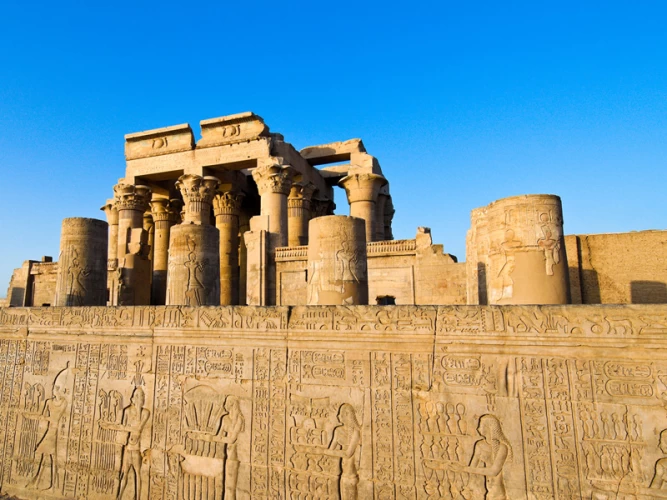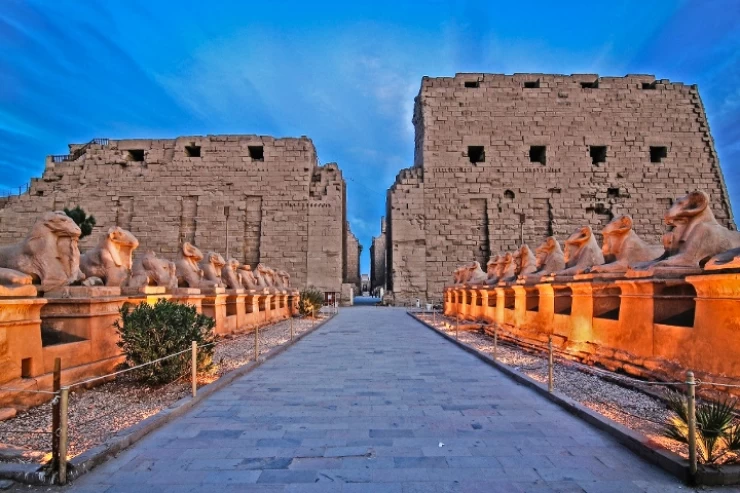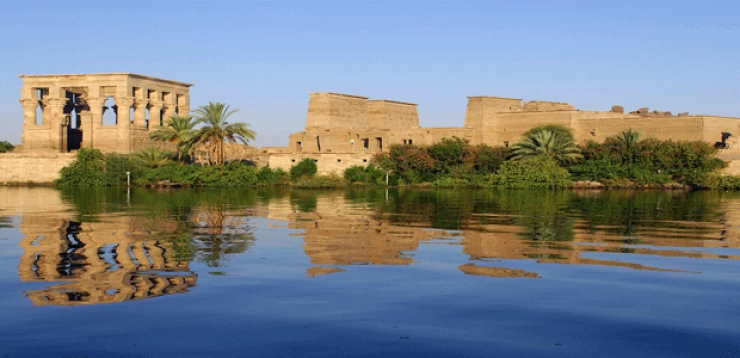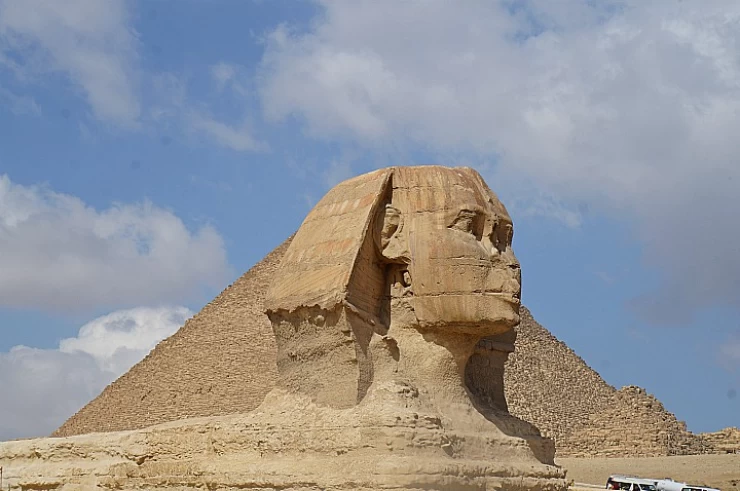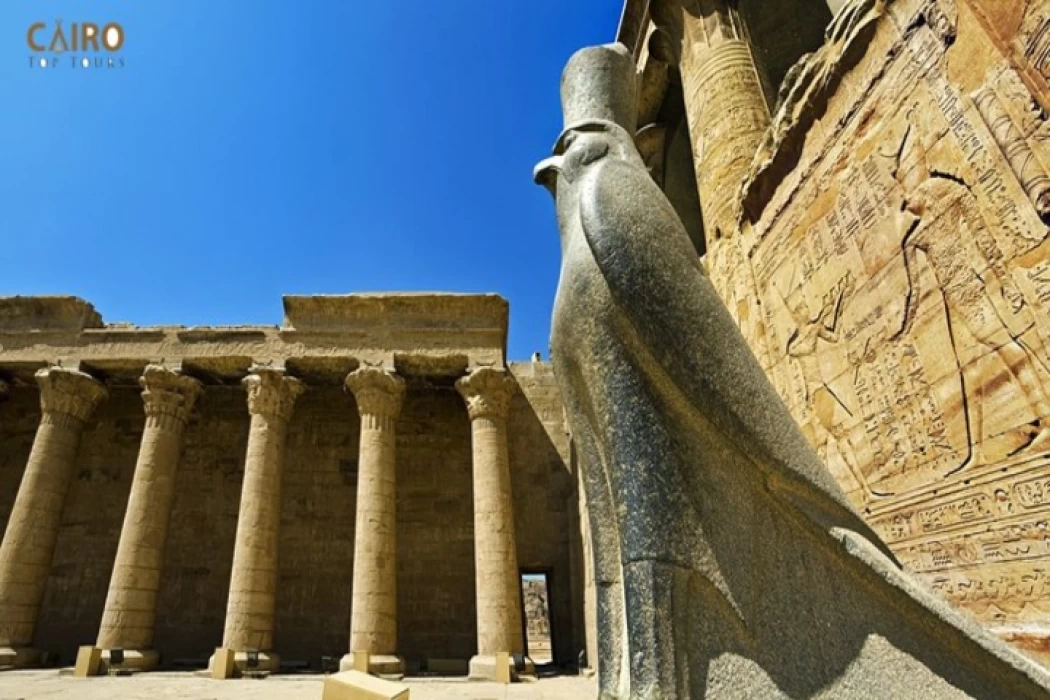
the temple of horus
Edfu Temple Edfu Temple, or the Temple of Horus, is located 123 kilometers north of Aswan, in the city of Edfu. It is among the most stunning temples in Egypt. It is characterized by the magnitude of its construction and splendor. Ptolemaic period.
The origins of this temple trace back to the Ptolemaic period. The construction of this huge temple of the god “Horus” began in the era of “Ptolemy III - Yorgits I” (the word “Yorgits” means “benefactor”) in 237 BC, and its construction was completed during the reign of Ptolemy XIII in the first century BC. The city of Edfu is famous for its temple, which is considered one of the most beautiful and complete Egyptian temples. It is largely integrated and full of scenes and texts in a distinctive artistic style. The temple is dedicated to Isis, one of the princes of Edfu, who led a god and worshiped his likeness for centuries.
Edfu Temple is the only one still in its amazing state today! The first thing you see when you visit the temple is the open courtyard with its large courtyard that houses an ornate collection of statues of the god Horus.
The temple consists of two parts; one is a library, and the other is a storehouse for tools and equipment for religious rituals. The Egyptian-German mission to restore the Edfu temple in Aswan (southern Egypt), dedicated to the worship of the god Horus, has revealed the original colors of the temple's wall paintings and several inscriptions that appear for the first time.
The mission said that part of the walls and ceilings of this temple were covered with soot, which is fine carbon, as a result of the use of wood for cooking and lighting during the period of the emergence of Christianity in Egypt and during the era of Christian persecution by the Romans, where Copts took refuge to hide.
Egyptian Minister of Tourism Sherif Fathy praised the role played by restorers, especially Egyptians, in preserving Egypt's civilizational heritage, their remarkable effort, and their relentless attempt to uncover all the inscriptions in the temple. The discovery of the original colors helps researchers and archaeologists gain a deeper understanding of how color was used in temples and the symbolism that colors held in ancient Egyptian religion.
The inscriptions of the Edfu temple indicate that it was dedicated to the god Hor Bahdati, a sacred falcon usually represented as a human with a falcon's head. The Edfu temple contains a statue of this god in this form, as well as statues depicting him only in the form of a falcon.







